
Cooking stoves emit large amounts of particulate matter, which can have inflammatory and carcinogenic properties.Credit: Youngduk Ko/EyeEm
Air pollution is a leading cause of illness — from asthma1 to heart disease, stroke, lung cancer2 and, probably, dementia3. For outdoor air pollution, improved standards and regulations, guided by science, have over the past three decades markedly driven down emissions of particulates, nitrogen oxides and sulfur dioxide in many parts of the world4. Indoor air pollution hasn’t received the same attention, even though it might cause almost as many deaths globally — 3.2 million in 2020, according to the World Health Organization (WHO), compared with around 3.5 million linked to polluted outdoor air (see go.nature.com/3jngf7x).
In industrialized nations, most people spend 80–90% of their time indoors — in private homes as well as in public spaces such as schools, workplaces, transport hubs, hospitals and supermarkets. Such spaces are typically not subject to legally enforceable ambient air-quality standards. By contrast, global recommendations for how countries should assess and manage their outdoor air quality, made by the WHO, the United Nations Environment Programme and others, have been widely adopted. These are delivered through national regulations and laws that set minimum air-quality standards to protect the public5.
Indoor air pollution kills and science needs to step up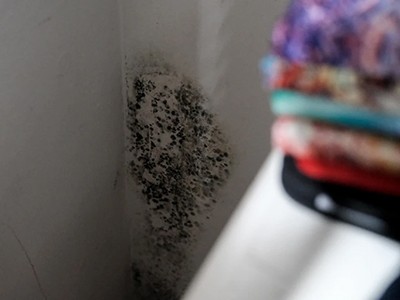
The science of indoor air pollution is also less developed than that of outdoor air, making it hard for governments to target policies and controls. Building owners and operators might not consider air quality their responsibility, or might not know how to improve it or the risks of not doing so. Furthermore, the types and behaviours of pollutants differ inside from outside. Ventilation has a crucial role indoors. Pollutants such as carbon monoxide, which are diluted outdoors, can accumulate inside a room. In addition to pollution, respiratory pathogens, including coronaviruses and influenza viruses, can build up and spread between individuals more readily indoors — as the COVID-19 pandemic and the latest flu outbreaks have demonstrated.
Over years, the health harms of living with poor air quality can cascade. For example, persistent exposure to cancer-causing materials or particulates might increase the risk of heart disease and stroke.
Here we highlight five areas in which the science of indoor air pollution needs to be developed to inform standards and policies, identify engineering opportunities and provide advice for the public, especially those who are most vulnerable to the health risks.
Understand what’s harmful
Indoor air contains a more diverse range of pollutants than does outdoor air. Some are common to both. For example, wood and coal fires and cooking stoves emit large amounts of particulate matter (those with grain sizes of 2.5 micrometres or less are known as PM2.5). Natural-gas boilers give off nitrogen oxides (NOx). Other pollutants are much more common indoors. Carbon monoxide is released from incomplete combustion, formaldehyde from building materials and glues, and radon from natural radioactivity in bedrock beneath buildings. All of these can accumulate and reach higher concentrations inside than outside6.
Building materials, fabrics and furniture also give off chemicals that can irritate the lungs and eyes. Volatile organic compounds are released from paints, carpets and wood treatments and other household products. Persistent chemicals such as brominated fire retardants are embedded in modern furniture. These chemicals can react to produce secondary pollutants, such as formaldehyde and PM2.5, that have inflammatory and carcinogenic properties.
Moulds thrive in damp, poorly ventilated buildings. Inhaling airborne fungal spores from mould can have adverse health impacts for some, such as increased severity of asthma7. For example, in November 2022, a UK coroner ruled that the death of a two-year-old boy had been caused by prolonged exposure to black mould in the rented flat he lived in.
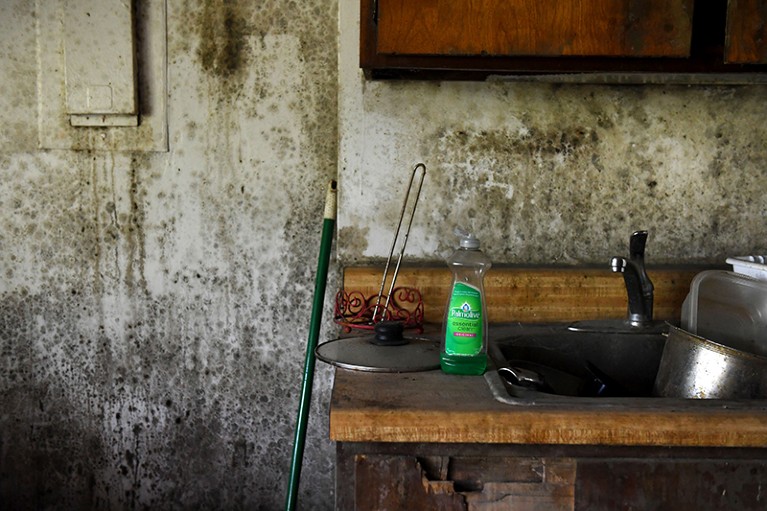
Moulds thrive in damp, poorly ventilated buildings.Credit: Katherine Frey/The Washington Post via Getty
Occupants themselves affect indoor air quality. In closed rooms containing many people, such as offices and classrooms, levels of carbon dioxide can become high enough to cause cognitive impairment. Human breath can release droplets or smaller aerosols that carry viruses and bacteria, spreading infections8. Volatile organic compounds might also be exhaled, and be produced and absorbed by the skin, affecting how secondary pollutants form.
Such diversity makes it challenging to define what good indoor air quality looks like. Ventilation systems often use CO2 as a proxy. This metric works well for assessing emissions linked to people and respiration, but says little about the prevalence of volatiles from solvents or spores from mould, for instance.
Researchers need to devise, and policymakers to use, a broad set of metrics for indoor air quality. Such metrics can then be applied to help inform research priorities, control emissions, predict effects, limit exposure and measure outcomes — and to underpin the basic framework of air-quality science that has worked well for controlling outdoor pollution.
Model how pollutants form and accumulate
A pollutant’s concentration indoors depends on five factors6. First, the size of sources that release it and sinks that remove it (for example, through filtration, deposition or chemical reaction); second, the concentration of outdoor pollutants, which might enter through vents and windows; third, the amount of airflow and turbulence, which disperse the pollutant; fourth, the extent of exchange of air between outdoors and indoors; and fifth, the dimensions of the space.
Aerosols must be included in climate risk assessment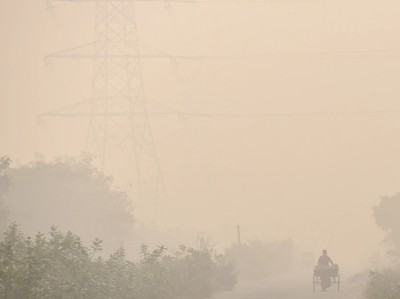
Some of these parameters can be easily measured, such as the size of a room, outdoor concentration and the rate at which air is exchanged. Others, for example the strengths of sources and sinks, are much harder to assess. Emissions of outdoor pollutants are often quantified relative to activity, such as grams of NOx emitted per vehicle kilometre driven. These are compiled into emissions inventories, some being used for regulatory purposes, others for research. However, few such estimates are available for indoor air.
Researchers need to build better inventories for interior emissions arising from home appliances, materials and human activities. This will be challenging: for example, when measuring emissions of volatile organic compounds from hundreds of household products, how can their compositions and people’s daily exposure to them be captured? PM2.5 released per kilogram of food cooked needs to be established, and exhaled aerosols from human respiration estimated for a range of body types and levels of physical exertion. Dependencies on individual behaviours should also be explored.
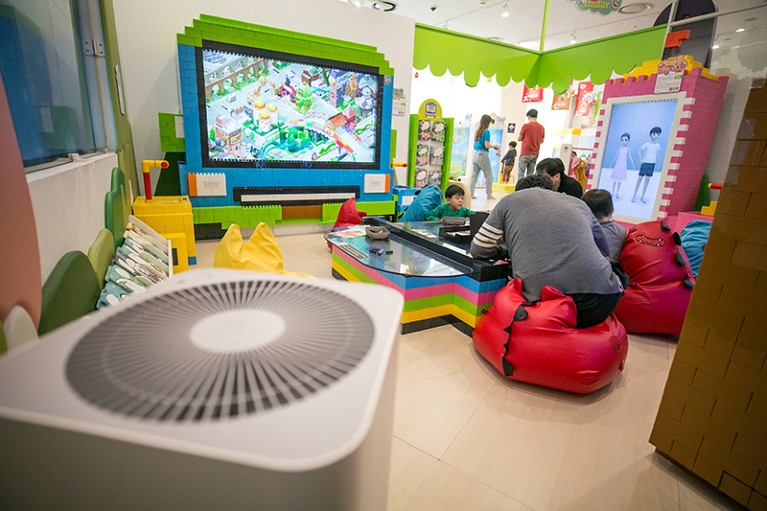
Air purifiers can lower levels of particulates indoors, but are an expensive option.Credit: Jean Chung/Getty
Models of indoor air chemistry are needed to evaluate the rates at which pollutants are removed or form. Some models have been adapted from outdoor atmospheric-chemistry mechanisms, to account for reduction in light and ultraviolet levels and to estimate loss of pollution from indoor surfaces such as furnishings9. But the processes by which chemicals degrade indoors differ from those for outdoors. Oxidation (the loss of one or more electrons by a molecule) is important, and can transform relatively benign indoor chemicals such as methane into harmful compounds, including formaldehyde and secondary PM2.5 (ref. 10). At low indoor UV levels, gases such as nitrate (NO3), ozone and chlorine have a greater role in oxidation than do hydroxyl (OH) radicals, the dominant outdoor oxidant.
Atmospheric chemistry: China’s choking cocktail
Observations against which to benchmark models are also scant for indoor air. It is difficult to access private spaces to gather data in homes or workplaces, for example. Experiments studying indoor air have historically been low on funders’ priority lists. But research has picked up in the past five years; some data sets have been collected that cover a wide range of chemicals indoors, although only for a handful of test homes, mostly in the United States. Such data sets are key for testing whether assumptions about what controls air indoors are correct and whether interventions are likely to be effective11. They should be extended to diverse types of building and construction.
The toxicity of airborne pollutants such as PM2.5 indoors also needs to be better established. It might differ from that outdoors, because such particles originate from different processes, such as cooking stoves rather than car exhausts. Most epidemiological studies that link air pollution to health impacts have been conducted on data sets based on outdoor air quality. The effects of long-term, low-level exposure to pollutants indoors needs to be better understood.
Explore effects of local variations
The wide diversity in how buildings are constructed, ventilated, operated and occupied is the biggest challenge to the science of indoor air quality relevant to policy. Whereas outdoor-air measurements can be designed to be representative of a wide geographical area, indoor air quality might relate to only one room. It is often difficult to establish what a ‘typical’ indoor concentration of a pollutant might be. Construction styles and materials, climate and energy sources, as well as behaviours and cultural practices, all affect indoor air. In identical houses on the same street, concentrations of volatile organic compounds can differ by factors of around 1,000 owing to differences in occupant behaviour alone12. Homes in the United States, Japan or Nigeria, say, can contain different pollutants because of differences in the products used and living arrangements. Such variations could also point to solutions, however, by looking at practices in homes with little pollution.
Long-term data sets and representative surveys on concentrations of indoor-air pollution still need to be established, although some trends can be seen (see ‘Indicators of indoor air quality’). In England, for example, the proportion of homes with damp has more than halved in the past 25 years, in part owing to the wider use of central heating. Domestic coal use, cigarette smoking, chemicals from paints and emissions of NOx from gas combustion are all in decline. By contrast, emissions of volatile organic compounds from cosmetics and personal-care products have risen, as have pollutants associated with wood burning — which is now popular. Ventilation in homes has, on average, fallen as the energy efficiency of housing stock has improved. This is good for reducing CO2 emissions but not necessarily for indoor air quality. How these trends have combined to affect air in homes and public spaces is unknown.
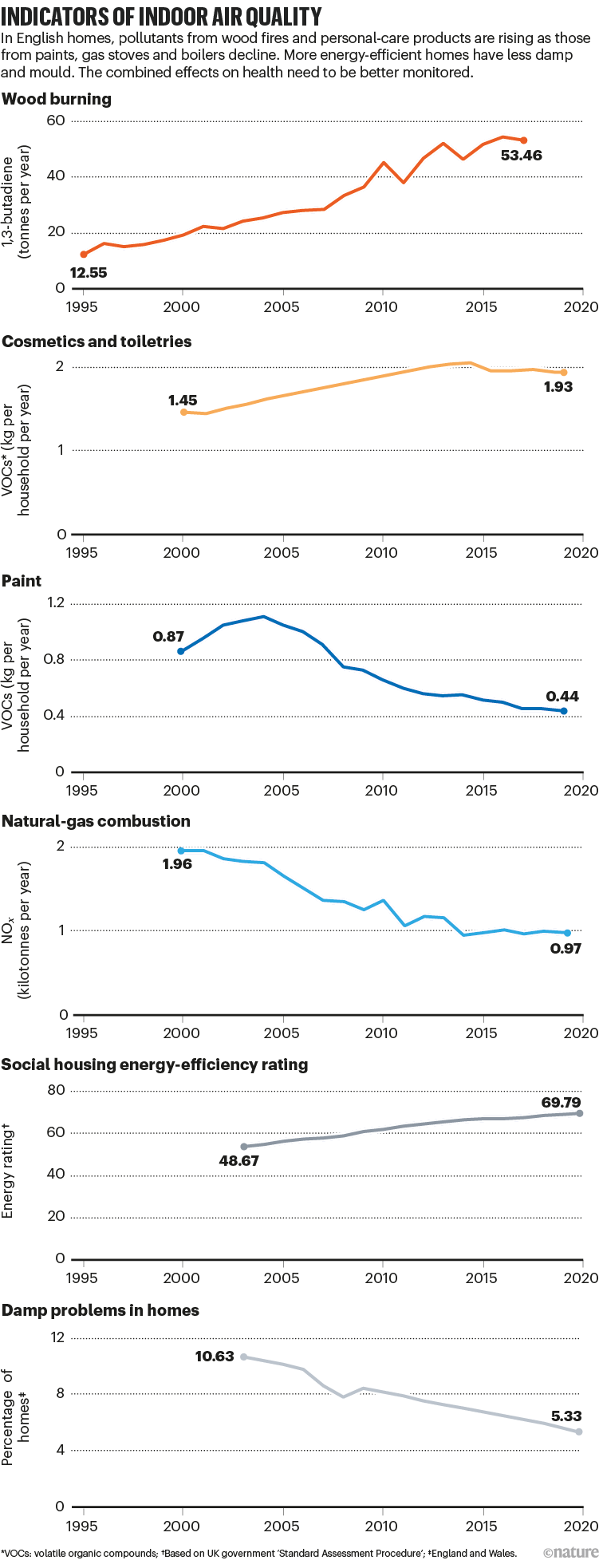
Sources: English Housing Survey 2020–2021. https://go.nature.com/4tljhzj; UK National Atmospheric Emissions Inventory. (Data and analysis courtesy Shona E. Wilde (Univ. York) & Tim Murrells (Ricardo Energy and Environment)
The impacts of climate change, adaptation and decarbonization on indoor air also need to be explored. A shift to wetter, windier conditions tends to reduce outdoor pollutants such as PM2.5 but might increase damp and moulds inside. Hotter conditions can increase outdoor ozone, which can be drawn indoors. Residents might open windows and increase ventilation, or keep them closed and switch on air conditioning. Climate impacts on indoor air will depend on the age and construction of a building.
Understand the best ways to improve indoor air quality
Decision makers need scientific evidence to help them prioritize groups of interventions and to develop strategies for improving indoor air quality. There are many options, but it is difficult to quantify the effect of each intervention (see go.nature.com/3wv28vt). Generally, as for outdoors, removing the largest sources of emission is most effective. That might mean replacing gas cookers with electric stoves, or reformulating products — for example, changing sprays such as deodorants and air fresheners that contain butane and propane to use nitrogen or air instead. Some indoor sources are surprisingly large — in the United Kingdom, compressed-aerosol cans now release more volatile organic compounds than do petrol cars13.
For moulds, bioaerosols and CO2, good building-management practices that ensure adequate heating, airflow and air exchange with outdoors are effective14. Increasing ventilation will create energy trade-offs, because heat is lost in colder weather, but engineered solutions are feasible.
Huge gaps in detection networks plague emissions monitoring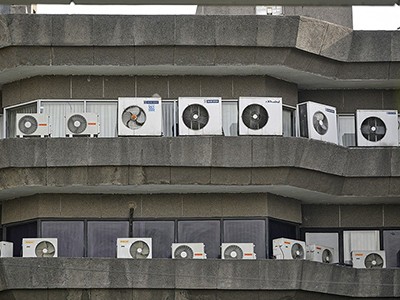
Air filters (sometimes called purifiers) are good at lowering levels of particulates indoors, including PM2.5, bioaerosols and viruses, but are less effective for gaseous pollutants. Air filtration is expensive and energy-consuming; in some places, it might be more effective to open a window. Predictive models providing bespoke advice for building owners are needed.
Decarbonizing buildings affords an opportunity to rethink how indoor air quality can be managed and improved. Balancing the need to increase ventilation yet minimize energy loss through heating (in colder countries) or cooling (in hotter ones) is an important engineering challenge. Better insulation to reduce energy consumption needs to be set against adequate ventilation to avoid pollution collecting indoors.
Heat exchangers offer one solution, by recapturing energy in a fluid before air leaves the house. But these are expensive and hard to install in older buildings. The effects of various technologies designed mainly for decarbonization need to be quantified.
Bolster science-based advice
A scientific road map to cleaner indoor air will need to work through many challenges. Who is most exposed and where? What are the key sources of pollution? What beneficial actions (technical, behavioural and regulatory) would have the greatest impacts? The scientific community must provide evidence to make these decisions and encourage action. Whereas scientific efforts must be global if they are to capture the ranges of buildings, behaviours and weather, science-based advice for cleaner indoor air will inevitably be country- and region-specific.
Monitoring the indoor environment for pollution should become standard practice in public spaces. Indoor emission inventories need urgent investment. Better advice on reducing indoor exposure without reducing energy efficiency will need to lean heavily on measurements. Long time series must be established in representative public buildings and homes to inform future building standards.
Interventions such as ventilation and innovations involving filtration and UV need to be fully characterized. Each solution will address only a subset of effects, and multiple actions will be needed. As with most public-health interventions, many incremental improvements leading to wholesale change are more likely to be effective than is waiting for a small number of transformational improvements.
It is essential that decarbonization, building improvement and gains in indoor air quality are, as much as possible, delivered equitably across society. Strategies that rely on householders investing in, for example, installing heat pumps, air filters and ventilation systems will skew benefits towards those who can afford to pay.
People most affected by poor indoor air quality, and who are in poor health to begin with, tend to be those on lower incomes, living in homes that rely on older gas or solid-fuel heating, homes with damp and those situated in areas of high outdoor pollution. Supporting these people is essential. Low- and middle-income countries face extra challenges, for example where solid fuel such as wood, charcoal or coal remains a major part of indoor cooking and heating.
Local and national governments must ensure that good indoor air quality is delivered for those in shared, social or rented accommodation, and for public indoor spaces. For example, in France, monitoring of a range of pollutants is mandatory in schools. Beyond state intervention, employers must ensure safe, healthy workplaces, including good-quality air.
Just as for outdoors, improving air quality indoors globally requires sustained investment in scientific and engineering research and international collaborations that share best practice in measurement, modelling and abatement. It is time for researchers to develop the evidence that will allow governments, businesses and individuals to take up the baton and devise science-based global standards for indoor air quality, to reduce emissions, exposure and harms.

 Indoor air pollution kills and science needs to step up
Indoor air pollution kills and science needs to step up
 Aerosols must be included in climate risk assessment
Aerosols must be included in climate risk assessment
 A cleaner future for flight — aviation needs a radical redesign
A cleaner future for flight — aviation needs a radical redesign
 Blanket bans on fossil fuels hurt women and lower-income countries
Blanket bans on fossil fuels hurt women and lower-income countries
 Huge gaps in detection networks plague emissions monitoring
Huge gaps in detection networks plague emissions monitoring
 Air pollution: a global problem needs local fixes
Air pollution: a global problem needs local fixes
 Five steps to improve air-quality forecasts
Five steps to improve air-quality forecasts
 Atmospheric chemistry: China’s choking cocktail
Atmospheric chemistry: China’s choking cocktail




